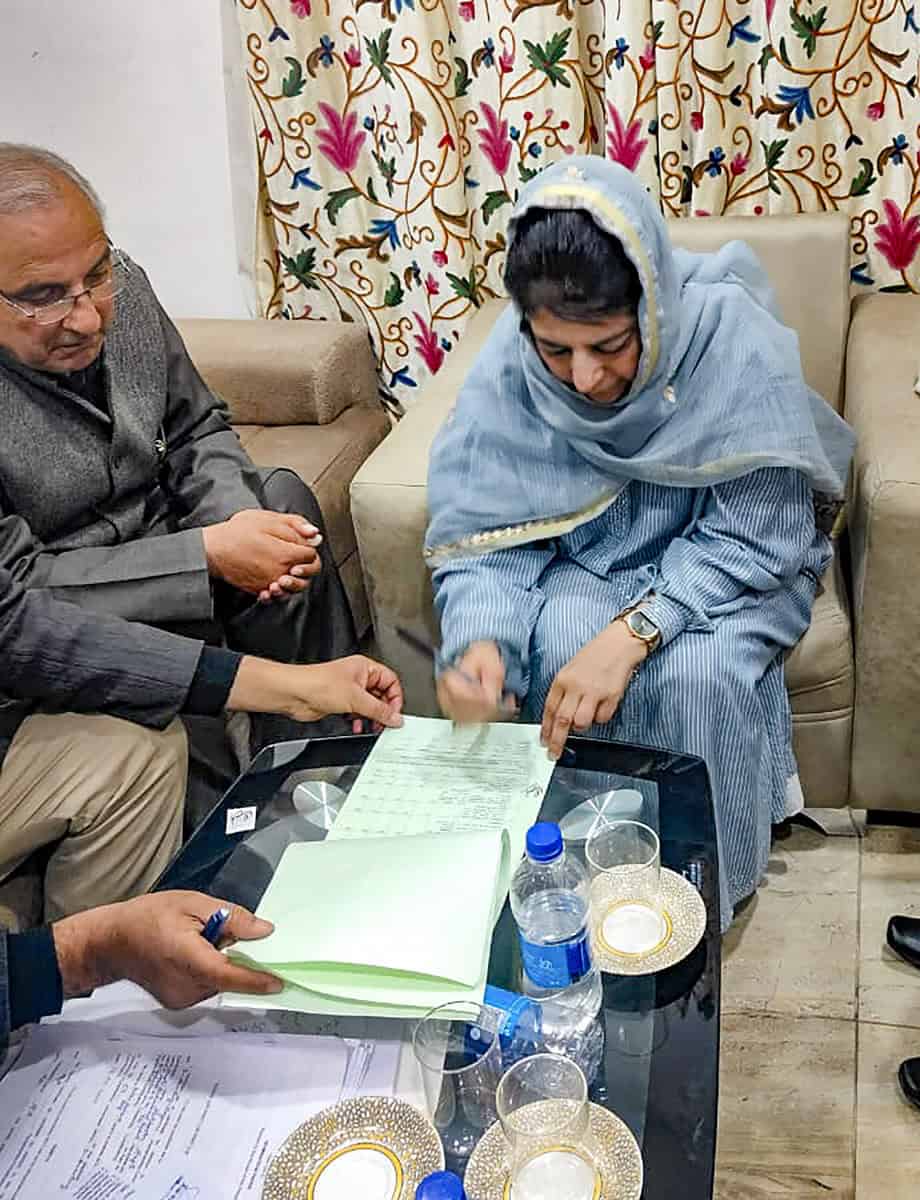
New Delhi: A total of 8,360 candidates are contesting the ongoing Lok Sabha elections, the highest since 1996, according to an analysis of official data.
In the 2019 polls, there were 8,039 candidates, and in 1996, a record 13,952 candidates were in the fray for 543 seats of the Lower House of Parliament.
The 2024 general elections are being held in seven phases, with five rounds of polling completed. The sixth and last rounds will be held on May 25 and June 1, respectively. Counting of votes will be taken up on June 4.
Top number in fourth phase
The fourth phase of the elections held on May 13 had the highest number of candidates in the fray, 1,717 in 96 parliamentary constituencies in 10 states and Union Territories (UTs). The first phase held on April 19 had 1,625 candidates in 102 constituencies in 21 states and UTs, according to Election Commission (EC) data.
There were 1,198 candidates in the second phase on April 26 in 89 constituencies across 13 states and UTs, 1,352 candidates in the third phase on May 7 in 94 constituencies in 12 states and UTs and 695 candidates in the fifth phase on May 20 in 49 constituencies across eight states and UTs.
In the upcoming sixth and seven phases on May 25 and June 1, there are 869 and 904 candidates, according to the EC data. Fifty-seven constituencies are going to polls in seven and eight states and UTs on May 25 and June 1, respectively.
Four fold increase from 1952
The number of candidates contesting the Lok Sabha polls has seen a rise of over four times from 1,874 in 1952 — the first time elections were held — to 8,360 in 2024, and the average number of candidates per constituency has increased from 4.67 to 15.39 on an average, according to official data.
There used to be only around three to five contestants per Lok Sabha seats on an average till as late as the sixth Lok Sabha elections in 1977 but in the previous elections 14.8 candidates contested per constituency across the country.
There has been a marked increase in the total number of candidates contesting the elections over the years.
While in 1952 there were 1,874 candidates for 489 seats with an average of 3.83 contestants per constituency, the number steadily increased to 2,784 candidates in 1971 with an average of 5.37 per constituency, according to official data.
In 1977, 2,439 candidates contested and average candidates per constituency stood at 4.5. The 1980 elections saw an increase in the number of candidates to 4,629 with an average of 8.54 per seat, the data showed.
In 1984-85, the eighth general elections, had 5,492 candidates with an average of 10.13 contestants per constituency.
The ninth general elections in 1989 had 6,160 candidates in the fray with an average of 11.34 per Lok Sabha seat while in the tenth general elections in 1991-92, 8,668 candidates contested for 543 seats with an average of 15.96 per constituency, according to official data.
1996 elections
There were a record 13,952 candidates in the fray for 543 Lok Sabha seats in 1996 with the average contestants per seat increasing to 25.69 from 16.38 in the previous elections in 1991, the data showed.
The increase of security deposit from Rs 500 to Rs 10,000 by the EC apparently helped in bringing down the number of contestants per seat to 8.75 candidates in the 1998 Lok Sabha elections.
It was after a long gap that the total number of contestants was less than 5,000 (4,750) that only increased marginally in the 1999 general elections to 4,648 candidates, averaging 8.56 candidates per seat.
In 2004, the number of contestants again crossed the 5,000-mark with 5,435 contestants in the fray for 543 Lok Sabha seats, averaging just over 10 contestants per seat.
The 2009 general elections saw a 8,070 candidates with the average of contestants per seat sharply increasing to 14.86. A total of 8,251 candidates are in the fray in the 2014 Lok Sabha polls.
